Easy Home Remedies for Treating Ear Mites in Cats
Updated: 1 Aug 2024
429
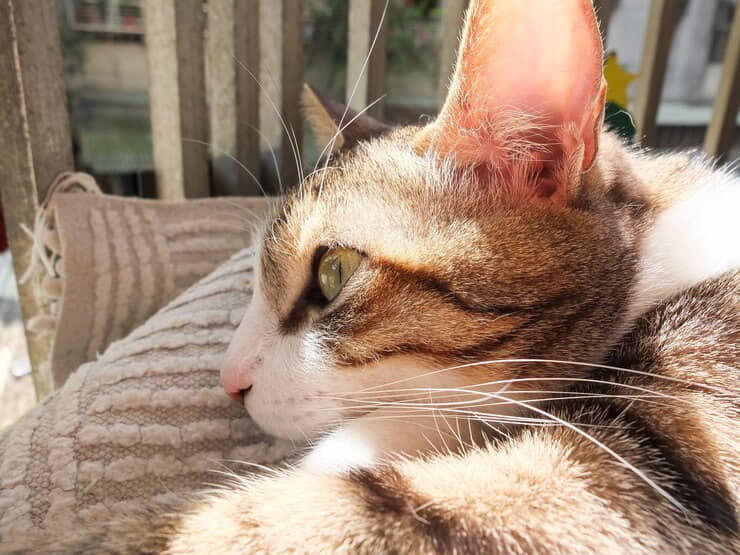
Ear mites are a common nuisance for our feline friends, causing discomfort and irritation. These tiny parasites, scientifically known as Otodectes cynotis, can lead to excessive scratching, inflammation, and even secondary infections if not addressed promptly. It’s essential to tackle ear mite infestations for your cat’s comfort and to prevent complications from untreated cases.
In this article, we’ll explore easy home remedies that you can use to help alleviate ear mite issues in your cat while emphasizing the importance of veterinary care.
Key Information on Ear Mites in Cats
| Category | Details |
|---|---|
| Definition of Ear Mites | Ear mites are tiny parasites (Otodectes cynotis) that live in the ear canal of cats and dogs, causing irritation and discomfort. |
| Appearance | – Size: Approximately 0.3 mm – Color: White or translucent – Structure: Eight-legged, resembling tiny specks when moving. |
| Common Symptoms | – Highly contagious; spreads through direct contact with infected animals – Common in multi-pet households and shelters |
| Transmission | – Highly contagious; spreads through direct contact with infested animals – Common in multi-pet households and shelters |
| Risk Factors | – Outdoor cats are at higher risk – Cats in shelters or boarding facilities – Close contact with other animals |
| Importance of Veterinary Care | – Essential for accurate diagnosis – Prevents complications like secondary infections and hearing loss |
| Home Remedies | – Olive Oil: Suffocates mites; apply daily for up to 10 days. – Apple Cider Vinegar: Antifungal; dilute and apply once or twice daily. – Essential Oils: Use safe oils like tea tree, diluted with carrier oils. |
| Aftercare | Monitor for secondary infections; apply soothing treatments like aloe vera, coconut oil, or fish oils for healing. |
| Preventive Measures | – Regular ear cleaning routines – Maintain a clean living environment – Schedule regular veterinary check-ups |
| Conclusion | Home remedies can help alleviate symptoms, but veterinary care is crucial for persistent issues; maintaining good ear hygiene is vital for overall ear health. |
This table provides a detailed overview of ear mites in cats, summarizing key points from the article while being suitable for easy reference and understanding.
Understanding Ear Mites
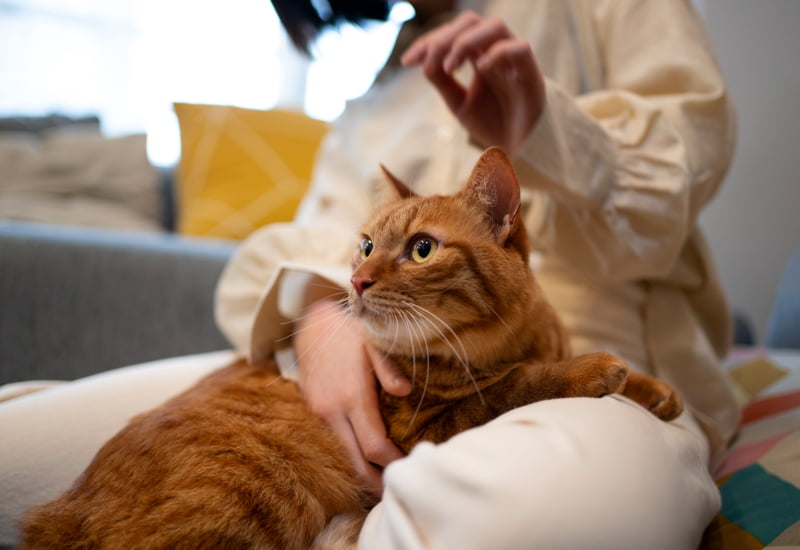
Definition of Ear Mites (Otodectes cynotis)
Ear mites are microscopic parasites that primarily inhabit the ear canals of cats and dogs. They thrive in warm, dark environments, making your cat’s ears an ideal home. These mites are barely visible to the naked eye, but their presence can cause significant distress to your pet.
Description of Their Appearance and Behavior
Ear mites are small, typically measuring about 0.3 mm in length. They have eight legs and are often described as looking like tiny white specks when they move. Their behavior involves burrowing into the ear canal, where they feed on the skin debris and ear wax.
Common Symptoms of Ear Mite Infestations
Recognizing the signs of ear mite infestations is crucial for timely intervention. Common symptoms include:
- Excessive scratching: Cats may scratch their ears and surrounding areas excessively, leading to hair loss and skin irritation.
- Dark, waxy discharge resembling coffee grounds: This discharge is a telltale sign of ear mites and can often be seen in the ear canal.
- Head shaking and inflammation: Your cat may frequently shake its head or display signs of discomfort, such as redness and swelling in the ear area.
Causes of Ear Mite Infestations
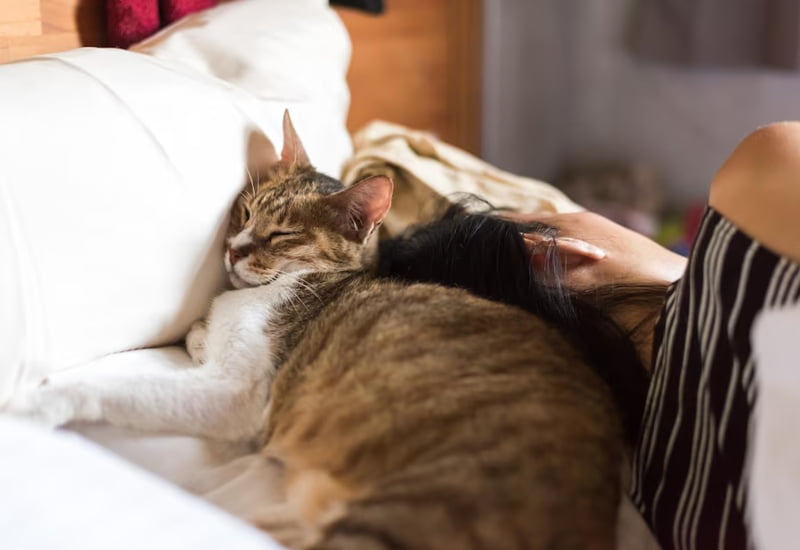
How Ear Mites Spread Among Cats
Ear mites are highly contagious and can easily spread from one cat to another through direct contact. This is particularly common in multi-pet households or environments where cats interact closely, such as shelters or boarding facilities.
Risk Factors for Infestation
Certain factors increase the likelihood of ear mite infestations:
- Outdoor exposure: Cats that spend time outdoors are at a higher risk of encountering infested animals.
- Shelters: Cats adopted from shelters may already have ear mites, making it essential to check them promptly.
- Contact with other animals: Close interactions with other pets can facilitate the spread of these parasites.
Importance of Veterinary Diagnosis
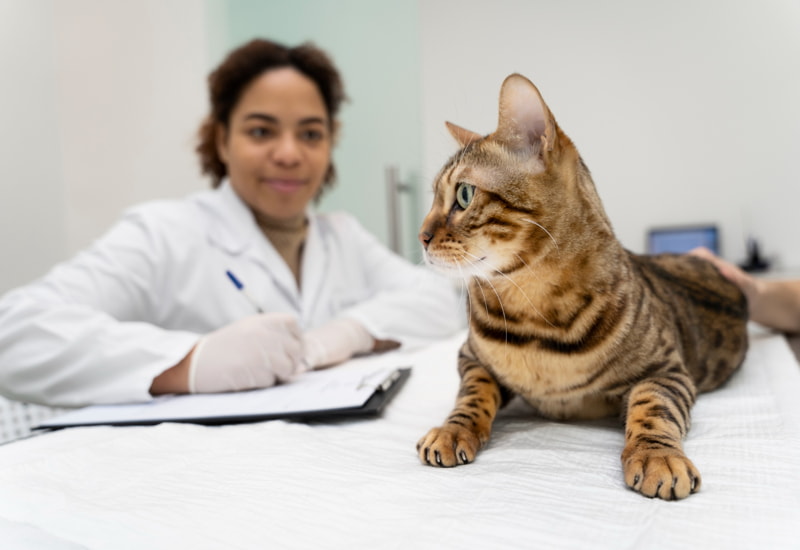
Need for Professional Diagnosis
While home remedies can be effective, a professional diagnosis is crucial to confirm that ear mites are the cause of your cat’s symptoms. Other conditions can mimic the signs of ear mites, and a veterinarian can provide the necessary tests to identify the issue accurately.
Potential Complications from Untreated Infestations
If left untreated, ear mite infestations can lead to serious complications, including:
- Secondary infections: The irritation caused by ear mites can lead to bacterial or fungal infections, requiring more intensive treatment.
- Hearing loss: Severe infestations may damage the ear canal or eardrum, potentially resulting in hearing impairment.
Overview of Veterinary Treatment Options
Veterinarians typically prescribe topical or oral medications to eliminate ear mites. These treatments are designed to kill the adult mites and may also address any secondary infections that have developed.
Home Remedies for Treating Ear Mites
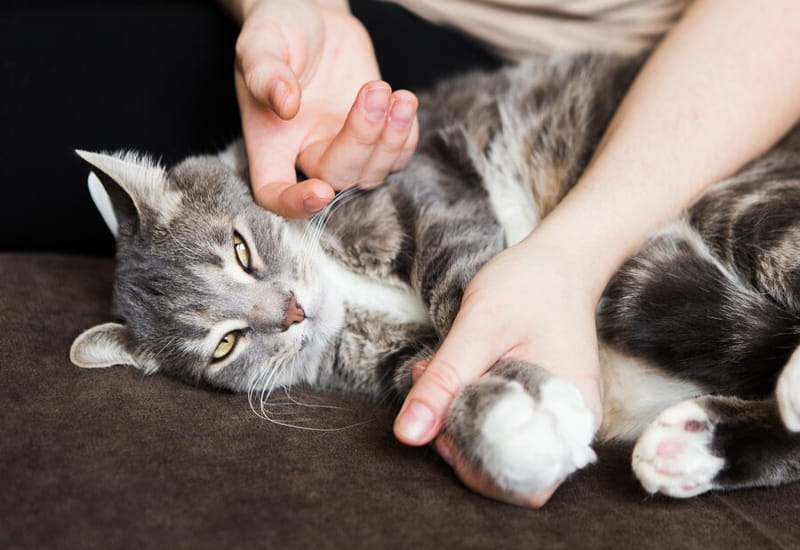
While veterinary care is essential, several home remedies can help alleviate the symptoms associated with ear mites. However, it’s important to consult with your veterinarian before trying these remedies.
General Considerations
- Importance of consulting a veterinarian before starting home remedies: Always discuss any home treatment plans with your vet to ensure they are safe and appropriate for your cat.
- Limitations of home remedies: Many home remedies may not effectively eliminate ear mite eggs, meaning that the infestation could recur if not properly managed.
Olive Oil
- How it works: Olive oil can help suffocate ear mites by coating them and blocking their airways.
- Application method and frequency: Warm a small amount of olive oil and apply a few drops into your cat’s ears. Gently massage the base of the ear to ensure the oil reaches the mites. Repeat this process once daily for up to ten days.
Apple Cider Vinegar
- Antifungal and antibacterial properties: Apple cider vinegar can help clean the ear and reduce inflammation.
- Recommended dilution and application process: Mix equal parts of apple cider vinegar and water. Use a dropper to apply the solution into the ear canal, then gently massage the ear. This can be done once or twice daily for about a week, but avoid using it if there are open sores in the ear.
Essential Oils
- Overview of safe essential oils: Certain essential oils, such as tea tree oil, lavender, and eucalyptus, can be effective against ear mites.
- Importance of dilution with carrier oils: Always dilute essential oils with a carrier oil (like coconut or olive oil) to avoid skin irritation. A safe ratio is typically one part essential oil to ten parts carrier oil.
- Application tips and precautions: Apply a few drops of the diluted mixture into the ear and massage gently. Monitor your cat for any signs of discomfort or allergic reactions.
Aftercare and Healing
Importance of Monitoring for Secondary Infections
After treating ear mites, keep an eye on your cat’s ears for signs of secondary infections, such as increased redness, swelling, or discharge. If any of these symptoms occur, consult your veterinarian.
Recommended Topical Treatments for Healing
Several natural remedies can help soothe and heal the ears after mite treatment:
- Aloe Vera: Known for its soothing properties, aloe vera can help reduce inflammation and promote healing. Apply a small amount to the ear area, avoiding direct contact with the ear canal.
- Coconut Oil: This oil has antibacterial and antifungal properties. It can be applied similarly to olive oil, providing moisture and protection to the ear.
- Fish Oils: Omega-3 fatty acids found in fish oils can help reduce inflammation and support skin health. Consult your vet for appropriate dosing.
Preventive Measures
Regular Ear Cleaning Routines
Establish a routine for cleaning your cat’s ears to prevent future infestations. Use a veterinarian-recommended ear cleaner and follow the instructions carefully.
Keeping the Living Environment Clean
Regularly clean your cat’s bedding, toys, and living areas to minimize the risk of ear mite infestations. Vacuum frequently and wash any fabrics that your cat frequently contacts.
Importance of Regular Veterinary Check-Ups
Regular veterinary visits can help catch any potential issues early, including ear mite infestations. Discuss preventative measures and treatments with your veterinarian.
Conclusion
In summary, ear mites can be a distressing issue for cats, but several home remedies can provide relief. Olive oil, apple cider vinegar, and essential oils can help alleviate symptoms and promote healing. However, it’s crucial to seek veterinary care for a proper diagnosis and treatment plan, especially if symptoms persist. By maintaining good ear hygiene and keeping your cat’s environment clean, you can help ensure their ear health remains optimal. Remember, a proactive approach is always the best way to keep your furry friend comfortable and healthy.
Key Takeaways
- Ear mites are common parasites that can cause discomfort in cats.
- Symptoms include excessive scratching, dark discharge, and inflammation.
- Home remedies like olive oil and apple cider vinegar can help, but veterinary care is essential.
- Regular ear cleaning and a clean living environment can prevent future infestations.
How do cats get ear mites?
Cats typically get ear mites through direct contact with an infested animal, often in multi-pet households or shelters.
What are the common symptoms of ear mites?
Symptoms include excessive scratching of the ears, dark discharge resembling coffee grounds, and head shaking.
Can ear mites cause serious health issues?
Yes, if left untreated, ear mites can lead to secondary infections and even hearing loss due to inflammation and damage.
How can I treat ear mites at home?
Home remedies include using olive oil to suffocate the mites, diluted apple cider vinegar for cleaning, and certain essential oils for their antifungal properties.
Should I consult a veterinarian for ear mites?
Yes, it’s essential to get a professional diagnosis and treatment plan, especially if symptoms persist or worsen.
Are home remedies effective for ear mites?
Home remedies can help alleviate symptoms, but they may not eliminate all mites or their eggs, so veterinary care is often necessary.
How can I prevent ear mites in my cat?
Regular ear cleaning, maintaining a clean living environment, and scheduling routine veterinary check-ups can help prevent infestations.
What should I do if my cat has a secondary infection from ear mites?
Consult your veterinarian for appropriate treatment, which may include antibiotics or antifungal medications.
Can other pets in the household get ear mites?
Yes, ear mites are highly contagious, so if one pet is infested, others can easily become infected.
Please Write Your Comments